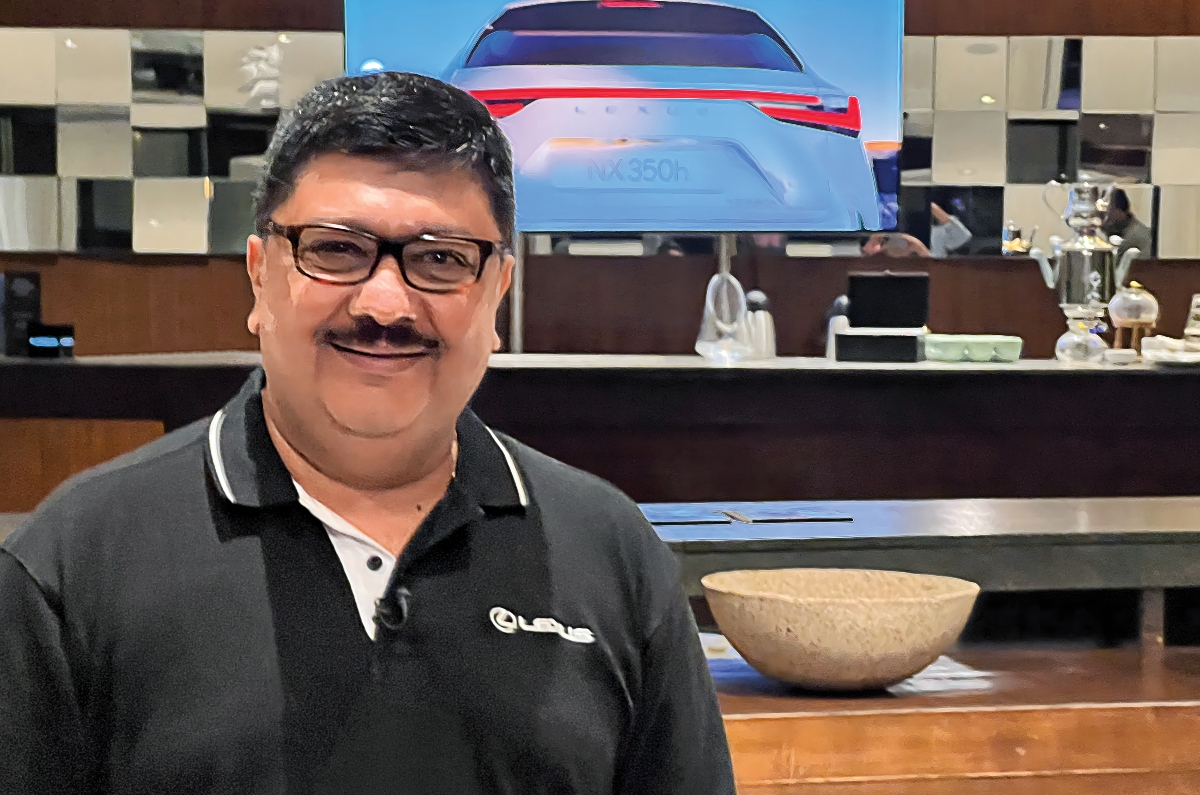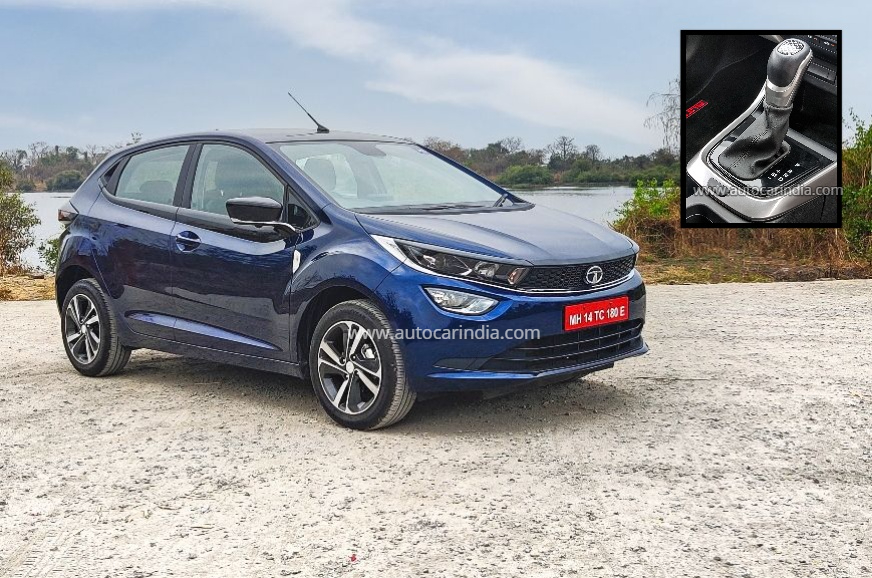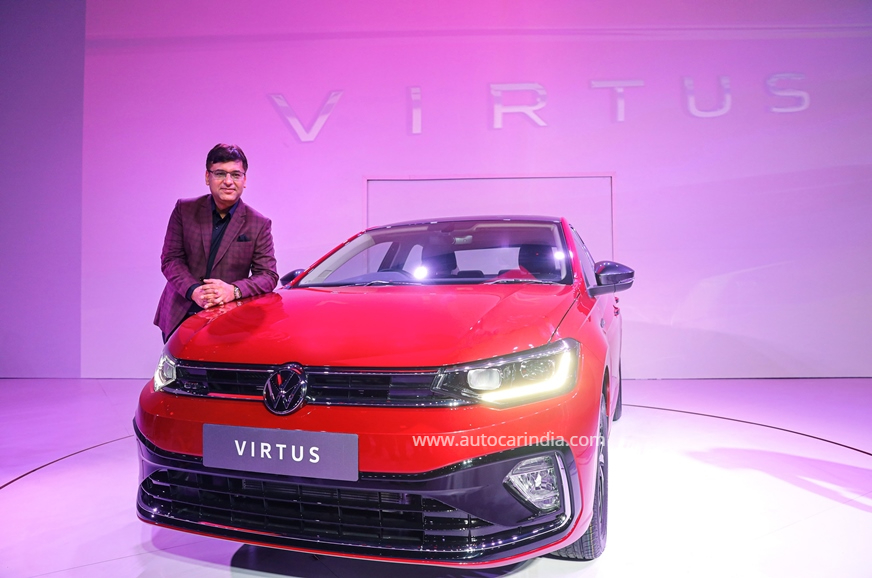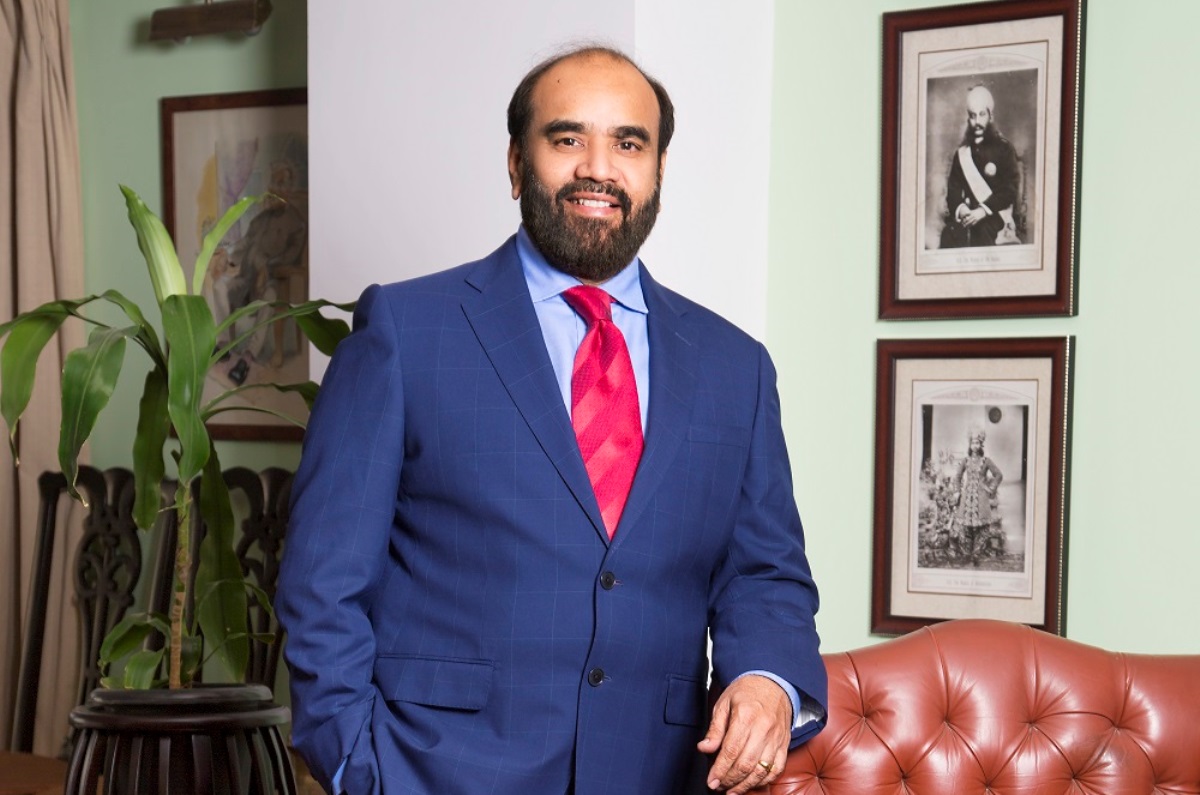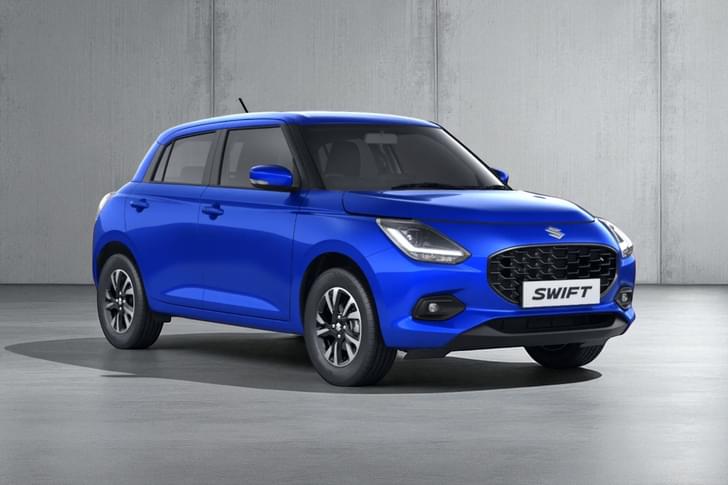How do you think India’s journey has been from being a protectionist state to a liberal one after independence?
India was never totally protectionist before independence. In fact, we were an absolutely laissez-faire economy that did pretty well on the industrial front, including the car industry. Both Hindustan Motors and Premiere Automobiles were established in the 1940s, as well as GM and Ford that came even earlier. So, the auto industry was pretty much there.
Things, however, changed after 1950, with the onset of the new industrial development policy, and the way India went with industrialisation because these meant that the car industry, being in the private sector, was totally controlled and managed according to the priorities of the planners. There was really no growth, and what could have been a very flourishing industry in the country, came to a grinding halt. This continued till 1981, when the decision was taken to establish Maruti.
Do you think the Maruti story wouldn’t have happened if it wasn’t for Indira Gandhi?
Actually, my viewpoint is slightly different. Maruti happened because Indira Gandhi’s son – Sanjay Gandhi – unfortunately died in an air crash. Sanjay was absolutely committed to making a small car for India, and had acquired a license from the government, while also having established a plant. It’s a different matter that he could not make much progress. But the fact was that the small car was very close to his heart.
After the sad demise of Sanjay, Mrs Gandhi decided, I think largely for sentimental reasons, that his memory could be best kept alive if a small car was manufactured in India, and that too at the same place where he had set up his factory. That is why the assets were nationalised, and a government company – Maruti Udyog Limited – was established. And that’s how the project was started.
It was again, to make the project a success – based on advice from several people – Mrs Gandhi decided that it should have a foreign partner, as well as foreign technology. And then, an ambitious goal to make 1,00,000 cars a year was set, especially at a time when the market was stagnant at around 35,000-40,000 cars. Foreign technology or foreign partnerships were absolutely not allowed in public sector companies, and all these exceptions were made exclusively for Maruti.
Would it be fair to say that typically for something like this, where one would get a lot of red tape, you actually got a red carpet?
To get going on a project like this, one had to have something happen in the beginning because otherwise, in the 1980-81 period, there was no way a private car company could start, let alone a public sector car company.
Could you take us through your initial journey and the selection process to find a suitable partner for the company?
A person like me knew nothing about cars. And how would I know, there was nothing available here. We used to go through the ‘World Car Book’ and understand what cars were available around the world. It was extremely difficult to find the right partner because in those days, nobody was willing to put money into equity in India with a government company in the car industry.
People did make offers, but on the condition of bringing their own manpower and machinery to make cars here. However, that was not what was required. Our reference to the World Car Book made us realise that the Japanese had small cars in their portfolio. But by and large, everybody was very sceptical about the Japanese as they had turned us down when we had written to them earlier.
But finally, we got a green signal to make a trip to Japan, and the result of that visit ended up in Daihatsu becoming interested in coming to India, including some interest also from Mitsubishi. But there was nobody else.
It was when Suzuki got to learn about Daihatsu’s moves, they became conscious about the considerable progress being made by their arch rival in Japan. That lead to a flurry of activity from Suzuki almost instantly, and within a few days, their team was in India for discussions.
Was it imperative to have someone like Osamu Suzuki, who runs the ship himself, to make this happen?
At that time what really shaped our administration was the fact that when we met companies in Japan, this (Suzuki) was the only company where the president spent time with us, along with a very small team. In contrast, when we met Mitsubishi, we had a meeting on a long table. We felt as if we’ll get lost in a big company and would never get to see the top boss. All things sort of went in favour of Suzuki – they had small cars, and the president was accessible and willing to get on board with us. And this, besides the fact that Suzuki actually gave us the most financially attractive offer.
Once Suzuki was onboarded, what were the challenges in building the industry from scratch to produce a car in India?
While we started off as CKD assembly, we adopted a phased manufacturing programme under which we had to reduce the level of global content in the car by about 93 percent within five years. This was something we managed to do easily. Having said that, everything was a challenge in those days. We had no manpower, and the entire factory had to be built afresh as Sanjay Gandhi’s erstwhile unit was just about to collapse.
People, supply chain, systems, rules and regulations, dealerships – everything had to be built from scratch. But we had the advantage of the experience of Suzuki, and we could always ask how they went about it. And that helped in shaping the way we went. I think when I look back, I would say that we were very good learners; we had a very open mind.
I think our success was partly because we could always keep learning, but we also had the local knowledge as well as experience because we all spent a lot of time to adapt those learnings and fit them into the Indian culture. This ability to translate the Japanese’s excellent systems into Indian systems was one of the keys to Maruti’s success.
Did the foray of foreign players around 1993 put Maruti in a spot about facing real competition for the first time?
No, in fact, I had been telling our people, including our vendors and dealers that just distributing cars is not going to cut a lot of ice in the future, and that we have to work as if we’re in a competitive environment, otherwise one could risk getting very complacent. Therefore, when competition came in, we were prepared for it and our people responded really well. I don’t think competition was ever anything we were worried about because we had started exporting cars back in 1987-88 itself.
While it was against the advice of our partner Suzuki, as well as our then chairperson V Krishnamurthy, who believed we were not ready for it, we still went ahead with exports as it was the only way we could get exposed to standards of performance and quality that were much higher than what we had in India. My idea was that it wouldn’t matter even if we made mistakes, but we should be using those learnings to improve our domestic operations.
In what way did Maruti have an edge over rivals like Hyundai which arrived in 1996? What mistakes did some of these global brands commit when they entered India?
Most foreign companies which came to India did not really understand the Indian market and consumer, who had got used to the Maruti way of buying, selling and servicing cars by this time. Low cost of ownership, and convenience in terms of access to dealers, were some of the key differentiators.
The competition really started somewhere around 1996-97, when Daewoo came in. By then, we had got ample time to build our organisation, the network as well as infrastructure. Though Daewoo entered with a small car (Matiz), it didn’t have the organisation or infrastructure. Moreover, many companies which came after Daewoo viewed India under the same lens as any other global market and thought that the country would also graduate from small to big cars. That’s what was happening everywhere else in the world.
But, while that was one mistake, the second thing wasn’t a mistake but it was inevitable. If one enters India with an ambition to sell cars all over the country and get known as global manufacturers, they would start sales all across the entire nation. So, their cars were too thinly spread out in order to make dealerships and workshops viable. And that led to the deterioration in the quality of the aftersales service. Customers of these brands had to go through several inconveniences both to buy cars, as well as to get them serviced, and the cost of maintenance was also substantially high.
In comparison, Maruti reached all-India sales only after about 5-6 years of inception, when we were doing more than 1,00,000 cars a year. Before that, we were not everywhere and were basically limited to the main cities. But in order to ensure support to the Maruti 800 customers when they took their cars out of the city, we started the Maruti Authorised Service Station or MASS concept.
Was the spat between the Indian government and Suzuki around 1994-1999 the darkest phase in the history of Maruti?
I think that was a bad period for the company and for Suzuki as well. At that time this whole discussion about Maruti, Suzuki and our future was not being done on merits at all. It was being done on political considerations, on individual ambitions, and it had nothing to do with what the company should or should not be doing. But it happens, that, at times, people don’t look at actual facts, numbers or data, and make decisions based on emotions.
So, would it be fair to say that Maruti lost a lot of time and were late in investing into R&D?
Yes, we lost a lot of time and progress that could have been made. After the bitter experience that Suzuki had in this period, would one really expect a company like that to part with technology with government as a partner? It didn’t happen. There was a complete loss of trust at that time. Trust was very strong between the government and Suzuki till this point.
So, efforts on the R&D front started coming in once Suzuki got more control in the joint venture, and the whole scheme of this R&D structure was that the maximum possible work would now be done in India, while not duplicating what is already done in Japan. The two partners will have to work in a symbiotic fashion and supplement each other’s efforts.
After Maruti Suzuki India started building its R&D centre in Rohtak in 2012, Suzuki has not been expanding their R&D at all. As we go along, we will increasingly see more R&D happening in India. We will certainly be the main source of R&D for Suzuki in the future.
Has Maruti positioned itself over its competitors to command dominance in the small car space?
When Maruti was established, our market survey suggested there was an overwhelming response from potential customers who wanted a low-cost small car. The data showed that more than 90 percent of the time, a car had four or less people in it, and it was also predominantly used for intra-city commutes due to the condition of our roads back in the day. It is only now that we have the highways.
Making small cars requires a separate scale compared to bigger cars and a lot of manufacturers who came into India didn’t have the scale to make affordable cars. The secret to this goes right at the beginning, in the start of designing the plant itself. The Suzuki capital cost of putting out 1,00,000 cars was lower than anybody else’s factory for similar volumes. Low-cost frugal management is what India needed and that is what led to this small car revolution. It’s not that the Indian market changed because of Maruti; Maruti succeeded in growing because it actually met the real needs of the market.
Do you continue to remain bullish on the small car segment in India?
I am pretty confident that the small car segment will remain a key requirement for India, which still has 210 million two-wheeler users – about six to seven times the car-owning population. If we were to reach the car-to-people ratio of 150 per thousand, like China, peoples’ incomes have to go up. Car sales jumped in all these countries when there was a certain level attained between incomes and the car prices.
On the other hand, prices of cars have gone up significantly in the recent times since the BS VI regulations came into effect in 2020. And even the market has shrunk by almost 28 percent. The proportion of the market has changed not because the big cars have grown, in fact, within the big car category, the SUVs have grown whereas sedans have declined. Therefore, if we look at the overall car sales in India, we are still lower than what we were in 2018-19. While we are developing products to get to the bigger SUV segment and regain our overall market share, it’s not as if only big cars are growing. If big cars were growing, the market would have been growing, which is currently not happening.
Has Maruti been unsuccessful in being able to become an aspirational brand?
We were never an aspirational company; Suzuki was never an aspirational car in Japan either – it was a value-for-money car, and that’s the image we carried into India as well. But we’ve started to change that. The Nexa channel was an attempt to change that perception and it has led to our sales in this aspirational segment growing further. We might possibly never have the brand image of Toyota. It doesn’t matter as everybody cannot be a luxury carmaker.
Maruti’s aim is that we have to feed the personal transport requirements of the bulk of Indians. To me it’s about doing what we set out to do – to motorise India – to give Indians the kind of transport they need, they can afford and the kind of transport to show that the market keeps growing. I think that’s our objective.



